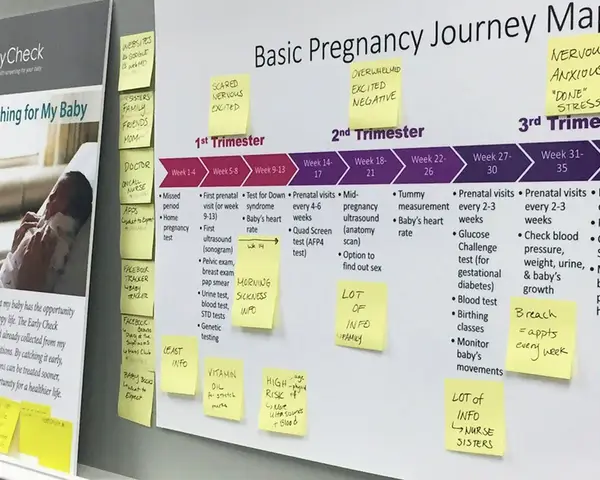Leveraging the power of empathy to co-create digital solutions that connect user needs with client goals
Our approach to human-centered design is grounded in research, yet intended to foster creativity, out-of-the-box thinking, and as many touchpoints as possible with users across the project lifecycle. The primary goal is to co-create innovative digital solutions for users, with users.
The foundational element of our process is setting aside our own assumptions as researchers and communication professionals. Doing this enables us to fully focus on understanding the perspectives, experiences, and needs of the people a digital campaign or product is trying to reach and engage.
We begin the process by collaborating with subject matter experts on our team to understand the current context of the social challenge or human behavior. The next step involves exploratory research to both define the problem from the users’ perspectives and identify potential opportunities to solve that problem. From this point on, we focus on iterative co-creation, rapid ideation and prototyping, and user testing.

Project Highlight
Meeting the Education and Emotional Support Needs of Families whose Infant was Diagnosed with SCID through Newborn Screening
We conducted in-depth interviews with seven parents of children with SCID identified through newborn screening. Participants were asked to complete a journey map to describe key timepoints related to SCID, starting at diagnosis through present day. Analysis of journey maps revealed five distinct stages that parents experience: (1) Diagnosis, (2) Pre-Treatment, (3) Treatment, (4) Post-Treatment, and (5) The New Normal. At each stage, parents described unique emotions, challenges, contextual factors that can make a difference in their experience, and information and resource needs. These findings were used to develop a website to support and educate new parents. The structure of the website was organized around the 5 stages so tailored information could be delivered at each stage.

Project Highlight
Engaging New Moms Using Human-Centered Design Principles
To encourage new and expecting North Carolina parents to enroll in voluntary newborn screening, we used an interactive, formative research approach to develop our outreach and recruitment strategy. We began with a qualitative, journey mapping exercise to inform the development of draft outreach ads. We then quantitatively tested receptivity of the ad elements prior to widespread dissemination as part of the Early Check campaign.

Project Highlight
Communicating Science to the Public to Promote Informed Decisions
To support a project funded by the Food and Drug Administration, we developed a series of design workshops to explore how community members with diverse racial/ethnic backgrounds and low literacy access prescription drug safety information and how information about risks and benefits of prescription drugs could be modified to better meet their needs. The workshops engaged participants through a series of activities, including a large group warm-up discussion, co-creation of storyboards in small groups to describe an encounter with a physician where the risks and benefits of a prescription drug were discussed, and a “gallery walk” for participants to review and add comments to summaries of small group discussions.
















